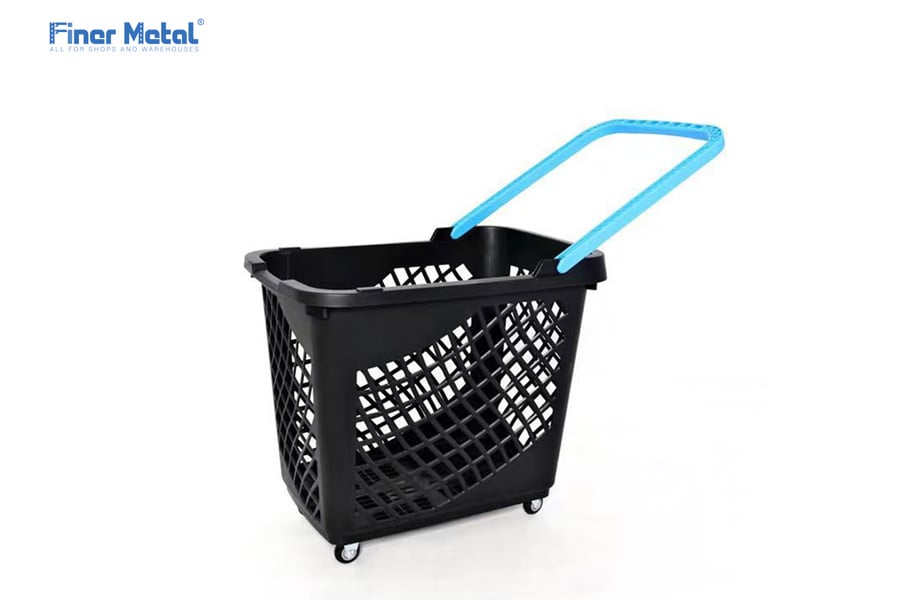What are Ergonomic Handles?
Ergonomic handles are designed to provide maximum comfort and efficiency to users. These handles are specially crafted to reduce strain on the hands and wrists, making it easier for individuals to grip and use tools or objects for extended periods of time.
Benefits of Ergonomic Handles
The main benefit of ergonomic handles is the reduction of discomfort and fatigue associated with prolonged use. By promoting a more natural hand position, ergonomic handles can prevent injuries such as carpal tunnel syndrome and tendonitis. Additionally, the ergonomic design can improve productivity and overall user satisfaction.
Types of Ergonomic Handles
There are various types of ergonomic handles available on the market, including curved handles, padded handles, and contoured handles. Each type serves a specific purpose, but all are aimed at providing users with a more comfortable and secure grip.
Materials Used in Ergonomic Handles
Ergonomic handles can be made from a variety of materials, including rubber, plastic, and metal. The choice of material often depends on the specific application and desired level of comfort. Rubber handles, for example, provide a soft and cushioned grip, while metal handles offer durability and strength.
Importance of User Comfort
User comfort is essential when it comes to selecting tools or equipment with ergonomic handles. Comfortable handles can prevent hand fatigue and reduce the risk of musculoskeletal disorders. It is important for users to feel at ease and supported while using ergonomic handles.
Factors to Consider When Choosing Ergonomic Handles
When selecting ergonomic handles, it is important to consider factors such as grip size, handle shape, and material. The handle should fit comfortably in the user's hand and provide a secure grip to prevent slippage. Additionally, the material should be durable and easy to clean.
Applications of Ergonomic Handles
Ergonomic handles are commonly found in various tools and equipment, such as kitchen utensils, gardening tools, and office supplies. These handles are designed to enhance user comfort and promote safe and efficient use of the tools in different settings.
Design Innovations in Ergonomic Handles
Advancements in technology have led to innovative designs in ergonomic handles, such as adjustable grips and cushioned support. These design features allow users to customize the handle to their specific needs and preferences, further enhancing comfort and usability.
Industry Standards for Ergonomic Handles
There are industry standards and guidelines in place to ensure the quality and safety of ergonomic handles. Manufacturers are required to adhere to ergonomic principles and conduct usability testing to confirm that their handles meet the necessary standards for user comfort and functionality.
Future Trends in Ergonomic Handles
As technology continues to evolve, the future of ergonomic handles is likely to see further enhancements in comfort, durability, and customization options. Manufacturers will focus on creating innovative designs that prioritize user comfort and ergonomics to meet the demands of a diverse range of users.
Quote Inquiry
contact us

